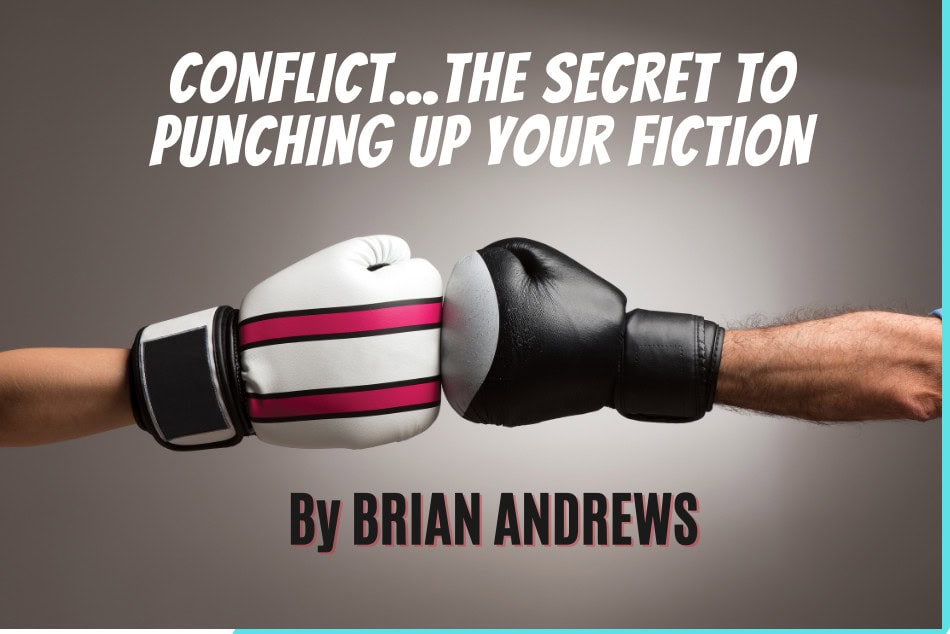Conflict is the adrenaline powering every compelling story. It is the thing that drives the plot forward, engages readers, and keeps them turning pages late into the night. As a fiction writer, mastering the art of conflict is essential to crafting novels that captivate and resonate with readers. In this post, we’ll explore four powerful ways to use conflict in your fiction writing to create more exciting and interesting novels.
Internal Conflict: The Battle Within
Internal conflict occurs within a character’s own mind and heart. It’s the struggle between competing desires, beliefs, or values that a character experiences throughout the story. This type of conflict adds depth to your characters and creates a rich emotional landscape for readers to explore.
To effectively use internal conflict:
– Develop complex characters with conflicting motivations or desires
– Show how internal struggles influence a character’s decisions and actions
– Use internal monologue or free indirect discourse to reveal a character’s inner turmoil
– Create situations that force characters to confront their inner demons
Example: Matt Haig’s “The Midnight Library,” Nora Seed is battling herself—more specifically her regrets and her choices. This internal conflict drives the entire narrative as she pursues alternate life after life in the Midnight Library.
Interpersonal Conflict: Clash of Characters
Interpersonal conflict arises from the interactions between characters. This type of conflict can manifest as arguments, rivalries, or even full-blown battles. It’s a powerful tool for creating tension and advancing the plot.
To make the most of interpersonal conflict:
– Create characters with opposing goals or values
– Force interaction between these characters
– Use dialogue to reveal tensions and disagreements
– Build alliances and rivalries that shift throughout the story
Example: In Jane Austen’s “Pride and Prejudice,” the central conflict between Elizabeth Bennet and Mr. Darcy drives the narrative. Their initial misunderstandings and clashing personalities create a tension that evolves into a complex and epic romance.
External Conflict: Character vs. Environment
External conflict pits your characters against forces beyond their control, such as nature, society, or fate. This type of conflict can create high-stakes situations and push characters to their limits.
To effectively use external conflict:
– Create a vivid and challenging setting for your characters
– Introduce obstacles that test your characters’ abilities and resolve
– Show how characters adapt and grow in response to external challenges
– Use the environment to mirror or contrast with characters’ internal states
Example: In Cormac McCarthy’s “The Road,” a father and son struggle to survive in a post-apocalyptic world. The harsh, unforgiving environment becomes a character in itself, constantly challenging the protagonists and forcing them to make difficult moral choices.
Layered Conflict: Weaving Multiple Threads
The most engaging novels often feature multiple layers of conflict working in tandem. By combining internal, interpersonal, and external conflicts, you can create a rich tapestry of tension that keeps readers engaged throughout the story.
To create layered conflict:
– Develop a central conflict that drives the main plot
– Introduce subplots with their own conflicts that complement or complicate the main story
– Show how different types of conflict interact and influence each other
– Ensure that resolving one conflict leads to new challenges or revelations
Example: In George R.R. Martin’s “A Song of Ice and Fire” series, multiple layers of conflict interweave to create a complex and engaging narrative. Characters struggle with their own internal demons while navigating treacherous political landscapes and facing existential threats from beyond the Wall.
Conclusion: Mastering the Art of Conflict
Remember that conflict should serve the story and character development, not just create drama for its own sake. As you craft your novel, remember to:
1. Deepen your characters through internal conflict
2. Create tension and drama with interpersonal conflict
3. Challenge your characters with external conflicts
4. Weave multiple layers of conflict for a rich, thought-provoking narrative
Now that you know the secret to writing better, keep that conflict punching and I promise your readers will stay engaged and turning pages until “The End.”

